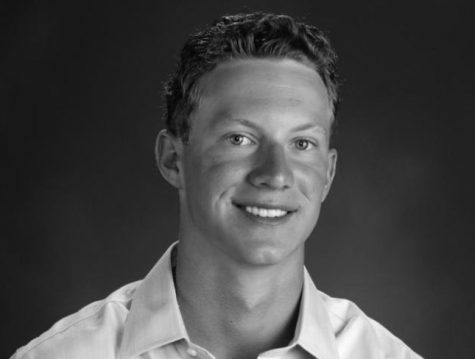Safety differs among schools across the Chicago area
March 23, 2018
Alarms blare. Gun shots ring out. An armed gunman has entered the school.
“The first thing that happens is that the school goes into lockdown,” Evanston Police Detective and ETHS School Resource Officer Michael Cameron says. “Then we [Cameron and/or his partner] go engage the shooter.”
Engaging the shooter can mean everything from killing the shooter or having the shooter kill themselves. As Cameron puts it, “Just get them to stop as soon as possible.”
This protocol has worked before. Just this past Tuesday in Great Mills, Maryland, a shooter began to fire a handgun in a hallway just before classes were beginning. Within a matter of seconds, the school resource officer shot the shooter at the scene, according to CNN.
During this process, according to Safety Director Matthew Driscoll, the school goes into lockdown. Teachers are instructed to lock their doors and not open them for any reason.
ETHS Safety has trained specifically for situations like these with FEMA and the Red Cross. They have also experienced scenario-based training and discussion of everyone’s duties.
ETHS Safety also has joined in partnerships with affected schools. They went to Columbine and spoke to the principal, SWAT, teachers and students in preparation for the future of school safety.
Part of that future is trying to prevent these shootings from occurring in the first place.
Cameron believes metal detectors are the best way to prevent shooters from gaining access to the building. “You can’t get a gun through a metal detector,” Cameron says.
The main obstacle to the push for metal detectors is the appearance they give about the school.
“There’s kind of a PR thing to [metal detectors],” Cameron says. “But we’re past the point of public relations, if you ask me. If every school in the country has metal detectors, there is no PR issue.”
Some students, on the other hand, don’t see the benefit of metal detectors.
“I wouldn’t feel any more safe. It would just emphasize the fact that a shooting is a possibility,” says senior Jacob Wham. “[I think] Most school shootings don’t start inside the building. They start outside and then the shooter walks in. A metal detector won’t stop them.”
Other schools have taken that step and have implemented metal detectors into their students’ daily routines.
Northside College Prep, in Chicago, is considered one of the top high schools in the state. They implemented metal detectors into their school in 1999, the same year they opened.
Northside’s procedure for their metal detectors involves staff members randomly picking students on their way into the building to search their bags, and having them walk through the metal detector. This process is applied to everyone who arrives late as well, according to Ella Neurohr, a senior at Northside.
However, Neurohr says the system doesn’t make her feel any safer.
“It’s very easy to get around it,” she says. “Especially if you get to school early enough, they don’t care enough to check you.”
Westinghouse College Prep in Englewood, Chicago also uses metal detectors. Their system is different than Northside’s; every student goes through the detectors on their way into the building.
“They don’t seem to mind [the metal detectors],” Westinghouse teacher Melina Luna says. “Just because that’s the life they know.”
Aside from the detectors, the role that safety personnel play at Westinghouse is comparable to that of ETHS.
“The security guards have good relationships with the students,” Luna says. “Some of the other guards coach sports.”
When addressing an all-faculty meeting on March 12, Driscoll said that safety officers have significant impact on students at ETHS and that the “children are very important to them.”
“If you have a good relationship with a safety officer, it makes you feel safer,” says senior Sadahri Brown.
Some schools are on the other end of the safety spectrum and are only now beginning to hire security officers.
Beacon Academy, home to 175 high school students and located in downtown Evanston, is one such school.
“This is something that we’ve been thinking about for six months,” Jeff Bell, Head of School at Beacon Academy says. “Obviously, there are interior doors that secure the space for our students and our staff, so this is just an added level of security.”
It isn’t as if Beacon is completely unprepared for a shooter situation. They run active shooter drills just like virtually every other school.
In addition to these drills, one idea that has been floated recently that could help prevent school shootings is arming the teachers, but many do not support this idea.
“It’s a terrible idea. There is too much that could go wrong,” Cameron says. “There are already too many guns in society.”
Despite all of these preventative measures, there is still no real way to prevent the shootings from happening in the first place.
“The way things are now in this country, if there is an active shooter, there is only so much you can do to prevent it,” Cameron says.
While it is out of the school’s immediate control to prevent school shootings all together, there are things the school can do.
“Safety is everyone’s responsibility,” Driscoll says. “If you see something, say something.”










